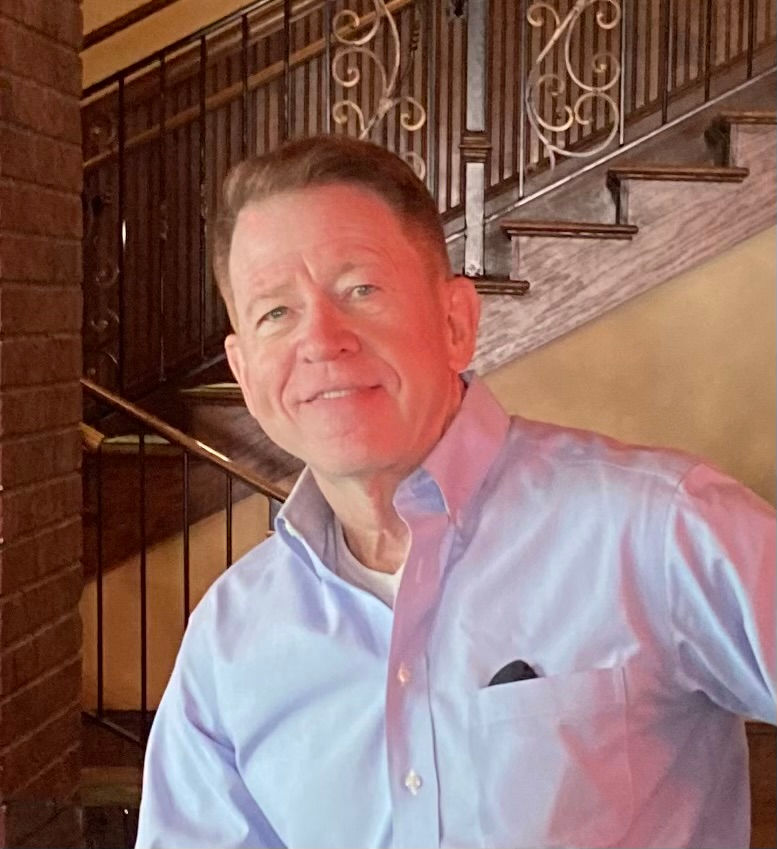Agassiz Village camp strives to support at-risk Boston youth by Molly Farrar
- Agassiz Village

- Apr 9, 2020
- 3 min read
Hersh Baraznik immigrated to the United States from Russia in the late 1800s, changing his name to the Americanized Harry Burroughs. Like many young men trying to make a living, he worked as a newsboy in Boston, before attending Boston University School of Law and passing the bar exam in 1912.
Burroughs’s humble upbringings and subsequent success led him to establish the Harry E. Burroughs Newsboy Foundation in 1926 and Agassiz Village in 1935, where now almost 750 at-risk Boston youth attend every summer, according to their website.
Agassiz Village, a summer camp in Poland, Maine, has been providing support for underprivileged, inner-city children of the Greater Boston area for 85 years, servicing children ages eight to 17. Maine, a safe haven from the city, is also where Burroughs first arrived in America before walking to Boston to begin his new life, according to an information sheet provided by the camp.
Lisa Carter, Agassiz’s executive director, said the camp is unique from other non-profits she has worked with in the past. During the summer, Agassiz Village becomes a space where children and teenagers can physically and emotionally escape the trials of Boston life and establish friendships and mentorships within different programs, Carter said.
“It’s important to us to give these kids this opportunity to get away from whatever they’re facing at home, and to experience fun for the summer,” Carter said, “but at the same time, learn some really great foundational leadership skills.”
Campers are taught different life lessons and skills depending on their age group, and trains those aged 15 to 17 to become counselors and role models for the younger campers, according to Agassiz’s website.
Joshua Clachar Jr., a future counselor and former camper, said he has attended Agassiz for three years. He said he most looks forward to being a role model to other children, who were in the same position he was last year.
“It’s definitely home away from the city, where kids can let their guards down and really be themselves and just grow as individuals while they’re there,” Clachar Jr. said. “It’s a short period of time, it’s actually only around two weeks, but I feel like working with all the kids, they open up a lot and they also grow and change as people a lot in that little time period.”
Ash Bahi, a year-round camp director, said Agassiz’s programming is worth continuing for future generations because of its impact on the children it serves.
“We have quite a high staff-to-camper ratio, which means that a lot of our kids are able to find a staff member that they can have a connection with,” Bahi said. “We have a lot of Hispanic and African-American, Black staff members which they are role models for these kids, especially the male campers.”
Originally only for impoverished, inner-city newsboys in the 1930s, Agassiz is now a reprieve for children and teens exposed to personal or familial strife and in need of strong relationships and support systems, which Carter said the camp intends to provide.
Parents of the villagers pay on a sliding scale, Carter said, meaning that a family’s contribution to the camp depends on their financial situation. She said that last year, 30 percent of campers attended for free, while the average family paid $144. However, the camp spends about $1,500 per child.
Because Agassiz’s funding through campers and attendees is limited, Carter said the organization is always looking for financial support from donors in Boston.
“We would love people to not only donate, but volunteer their time to help us,” Carter said. “Or maybe they’re interested in being a board member or want to serve in a different way.”
Carter said her passion for children is for the simple reason that children are the future. She said she believes in securing that future and helping children have the best future possible, and said Agassiz Village is a path toward that.
“I believe that if we can support [campers] in these little ways, that gives them the foundation that they need to be successful in school and in life,” Carter said. “It just takes a little bit of support from the community in something like Agassiz Village.”
Author: Molly Farrar
View the original article here: https://dailyfreepress.com/2020/03/04/agassiz-village-camp-strives-to-support-at-risk-boston-youth/?fbclid=IwAR16mqhhFetSRTYiJxeZ0RCwo80RtC7cKSOiwcug_rZbGyWwICv5SQLuSV0






